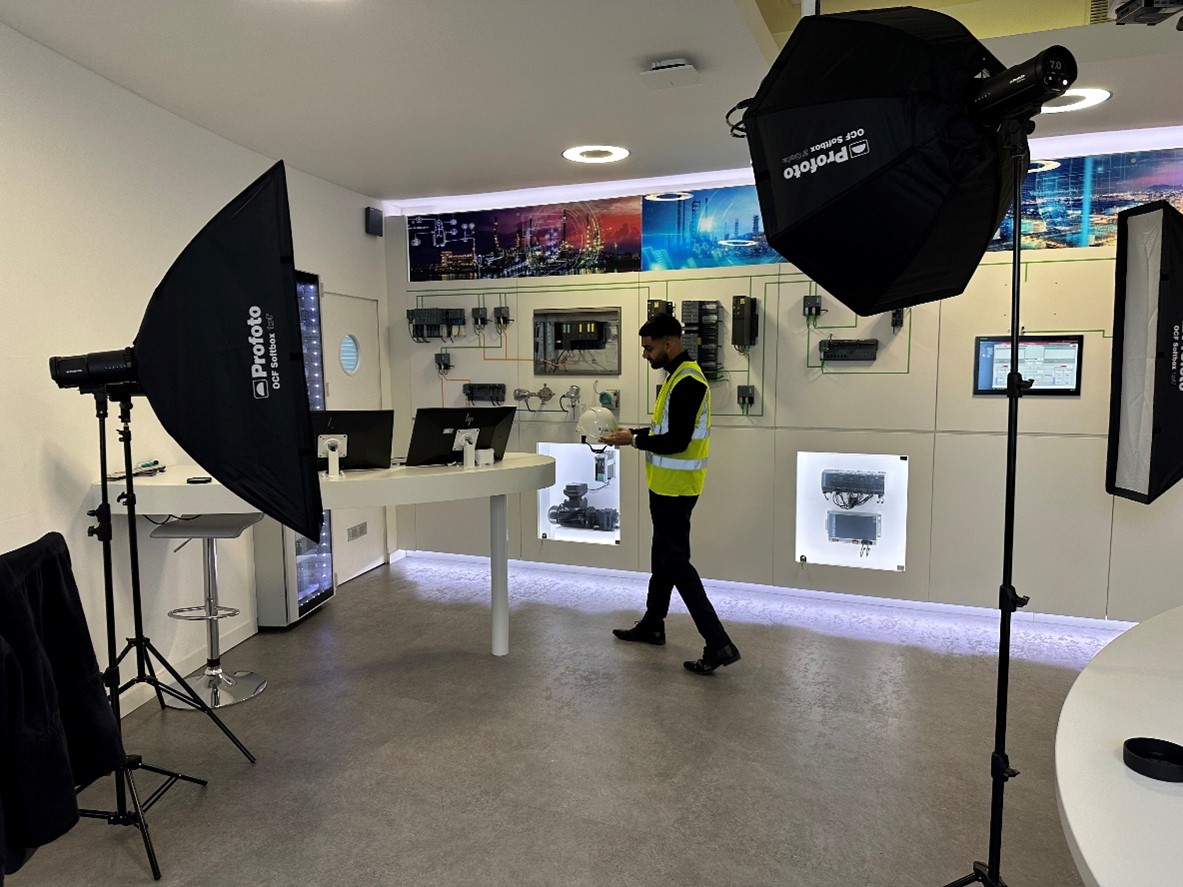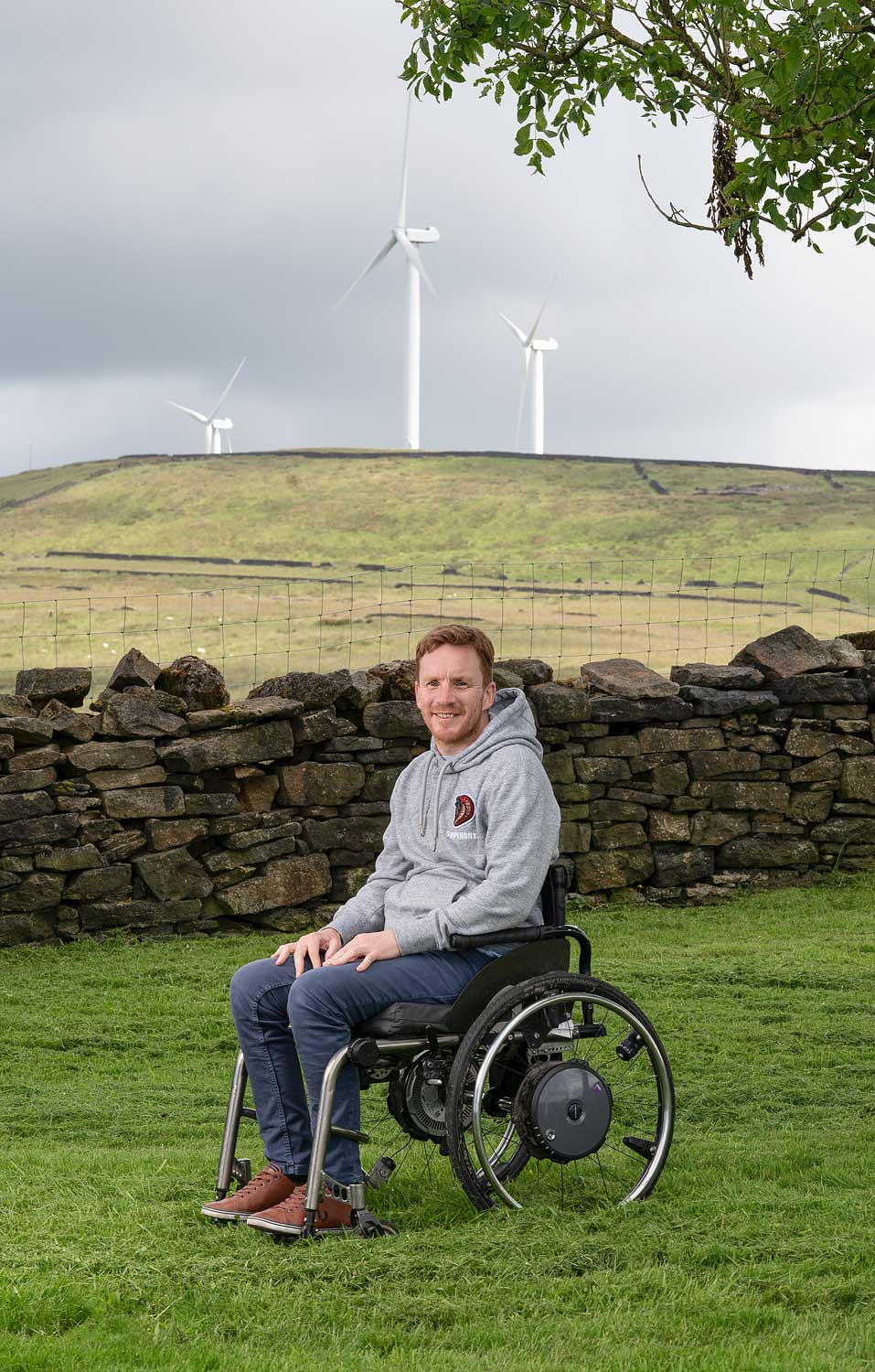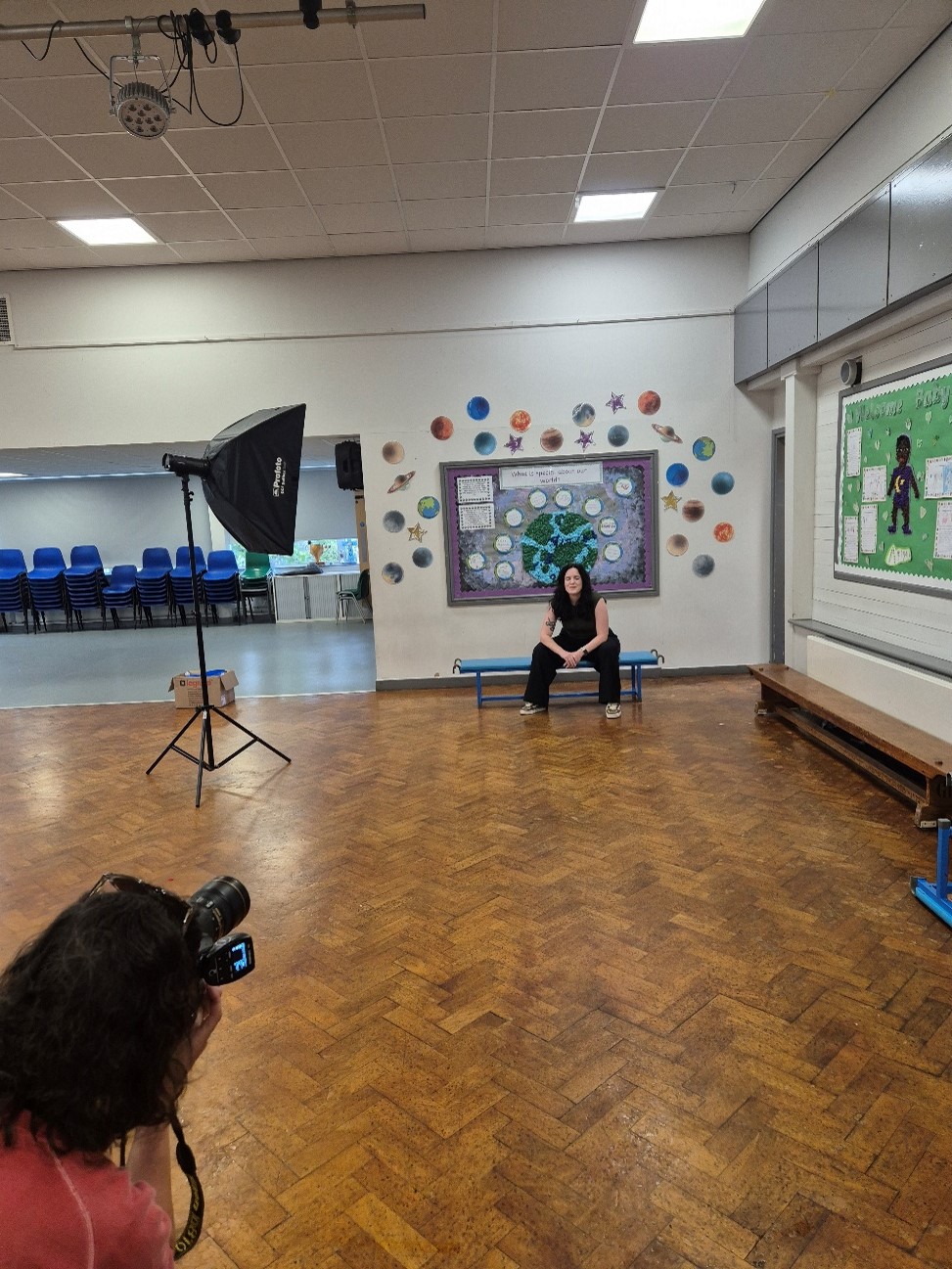When Power Hall: The Law Family Gallery reopens, visitors will once again be able to see familiar engines and locomotives on display. Changes include the installation of new sustainable technology. We have installed ground source heat pumps to warm the building, and a modern electric boiler to power our historical steam engines in a greener way.
As well as exploring Manchester’s industrial past, the Power Hall will highlight the innovations shaping tomorrow’s world, from cutting-edge renewable energy projects to the advancements in rail systems that will transform how we live and move.
By blending historical insights with forward-thinking developments, we aim to inspire visitors of all ages to see themselves as part of the ongoing story of industry and technology, encouraging curiosity and sparking conversations about the future of engineering in Manchester. Key to this is the creation of a welcoming and relatable gallery, with a range of diverse, engaging examples of people at its heart. As well as sharing stories of people from Manchester’s industrial past, the gallery will also showcase individuals working in today’s energy and rail transport industries.
As Associate Curator for the Power Hall, I have been responsible for seeking out the inspiring modern-day individuals whose stories will help our visitors connect with the gallery’s stories of energy and transport. We have been working with five industry professionals to celebrate some real-life stories about what it is like working in these sectors today.
What will visitors see in the gallery?
Each of our five people will be featured with a specially commissioned portrait photograph. There will be a short quote and description, and alongside this, a short audio recording from each person giving insights into why they chose the sector they work in, what inspires them, and what they like most about their role. We thought carefully about an inspiring and meaningful location for the portrait photography shoots, and I recorded interviews with each person to gather audio, insights and quotes to feature in the interpretation.
Meet Nathaniel
Nathaniel Fernandes is a digital twin engineer. A digital twin is a virtual model that exists in the digital space and represents something from the real world. It can take many forms, from a detailed 3D model of a physical object to a complex simulation or any other type of virtual representation. Nathaniel currently works with Siemens designing factories digitally.
His favourite part of the job is knowing that the work he’s doing is helping society in a meaningful way. Currently, he’s involved in a project for a factory that produces medicines for treating substance addiction and improving mental health.

Credit: Science Museum Group
Meet Charlie
Charlie Young loves working on wind turbines and renewable energy.
The project Charlie developed was a solar farm that connected to a large power consumer, directly reducing carbon emissions while providing 30 years of clean energy to a large town. Renewable electricity has a positive impact on people’s lives by reducing emissions from fossil fuel burning for electricity generation. Additionally, it helps ensure a sustainable, safe supply of energy for the UK.
Charlie’s work in renewable energy is contributing to a cleaner, more sustainable future, benefiting both the environment and the communities relying on these greener energy sources.

Credit: Science Museum Group
Meet Laura
Laura Hoang is a human factors engineer. That means that she thinks about how people use technology and engineers things so they are safe, comfortable and effective for people to use.
Sustainability is at the core of Laura’s work. She explains that engineers like her design and implement efficient solutions to make our technology more sustainable.

Credit: Science Museum Group
Meet Rhys
Rhys Archer is a researcher in citizen science. She works on a project called SAMHE (School’s Air Quality Monitoring for Health and Education). As part of this research project, air quality monitors are sent into schools so both teachers and students can monitor the air quality in classrooms and note any changes.
The project is not only informative but also encourages interactive learning. By doing so, SAMHE can conduct research that is not only more inclusive but also more beneficial to communities and society as a whole. This collaborative approach ensures that diverse perspectives are considered, leading to solutions that address the needs of all people.

Credit: Science Museum Group
Meet Kit
Kit Wolverson is a senior bridges engineer and also a chartered civil engineer.
What Kit enjoys most about working in the rail industry is the constant opportunity to solve problems. Every day presents a new challenge, whether it’s designing modern railways or improving existing systems, and it all comes back to the core reason they pursued engineering in the first place: to create meaningful solutions and connect people.
Kit enjoys the diversity of the rail industry. Whether it’s creating new stations and hubs where people can gather and access essential information, or developing faster, more efficient routes to get people to work, education, or loved ones, the impact is significant. The rail network serves as a vital link, not just between major cities but also in connecting smaller towns and villages to larger urban centres. It really does transform lives and shape people’s futures.

Credit: Science Museum Group
As the Power Hall gallery prepares to reopen in 2025, visitors can look forward to an exciting mix of familiar historical objects paired with new stories. Alongside the much-loved engines, locomotives and the impressive new power plant, fresh stories from professionals shaping the future of engineering and technology can be discovered.
Be sure to visit and explore these remarkable objects and stories from autumn 2025.
One comment on “Meet our new Power Hall people”
Comments are closed.
What a brilliant collection of people working in such varied roles, a great way to showcase careers within STEM for young people.